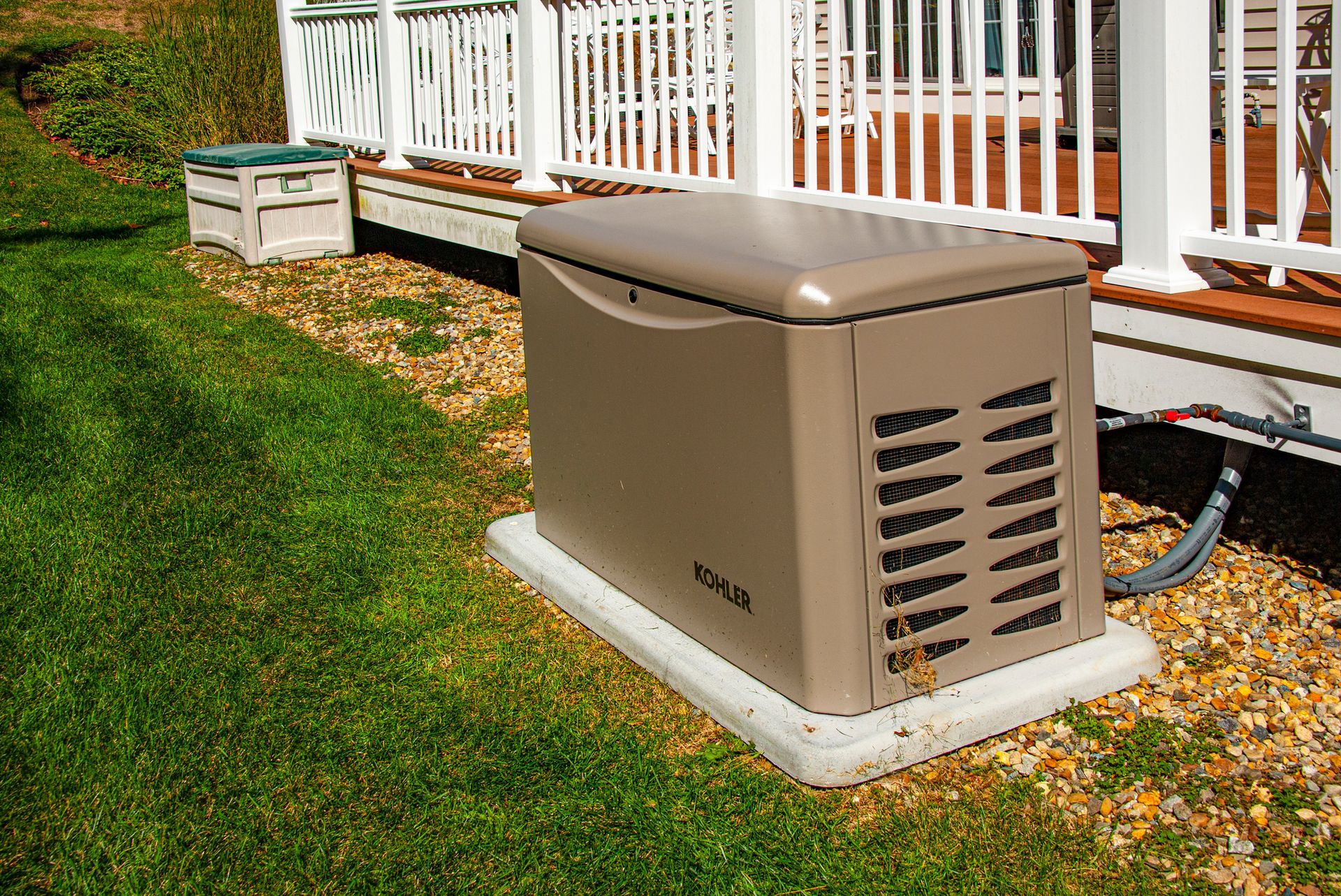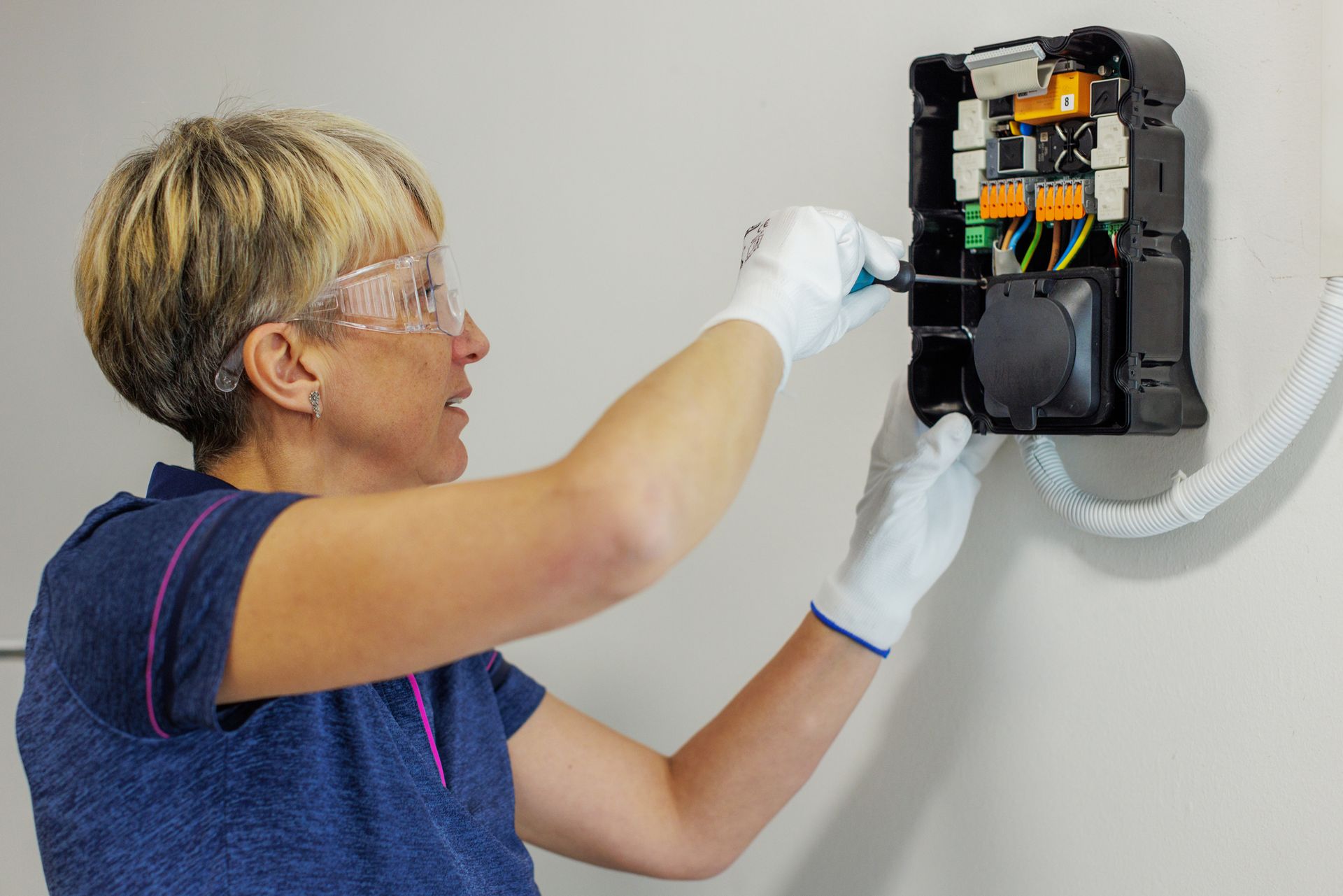Before someone can become a licensed electrician Wheeling to work, they must first complete a lengthy training program. They can expertly identify commercial electrical Wheeling problems and address safety hazards.
Despite the fact that most electrical repairs should be left to a professional electrician Wheeling, homeowners may still take measures to make their homes safer around electricity.
Installing Wiring for Electricity
Check for any frayed, melted, broken, or exposed wires as you go around the house. Whenever you see a frayed or otherwise compromised electrical cable or wire, don’t hesitate to give Klees Electric Inc a call.
Keep power cables out of the path of foot traffic and never run them beneath rugs or carpets. It may be necessary to modify the electrical system to install more outlets if you need to run a lot of devices and appliances at once but don’t have enough plugs throughout the house.
Outlets
Your following action in ensuring your electrical safety is checking the outlets. Make sure the wiring of every outlet is safely concealed, as this will help avoid accidents involving electric current. You should inspect the cover for any evidence of burning, unusual smells, or damage. If you see any of these symptoms, have a professional electrical company Wheeling have a look at the outlet and fix the casing.
The Luminaries
Put in a bulb whose wattage is equivalent to or more than that of the lamps. Be cautious about using higher-wattage bulbs than the lamp specifies if it can only take lower wattages. Because different light bulbs have different heat outputs, a shade or globe may be needed to contain the light.
Equipment
Don’t overload a single plug with too many gadgets. In addition to the potential for the cables to overheat, the high power consumption of each item in operation at once also makes them poor power-sharing partners. You should contact Klees Electric Inc if you find that the lights fade while operating the appliance. Overheating or faulty wiring may be at the root of the problem.
GFCIs
To prevent electrical shock, GFCI outlets cut power when they detect water. The most common locations for GFCIs are damp locations, such as bathrooms, kitchens, laundry rooms, basements, garages, and outdoor spaces.
















